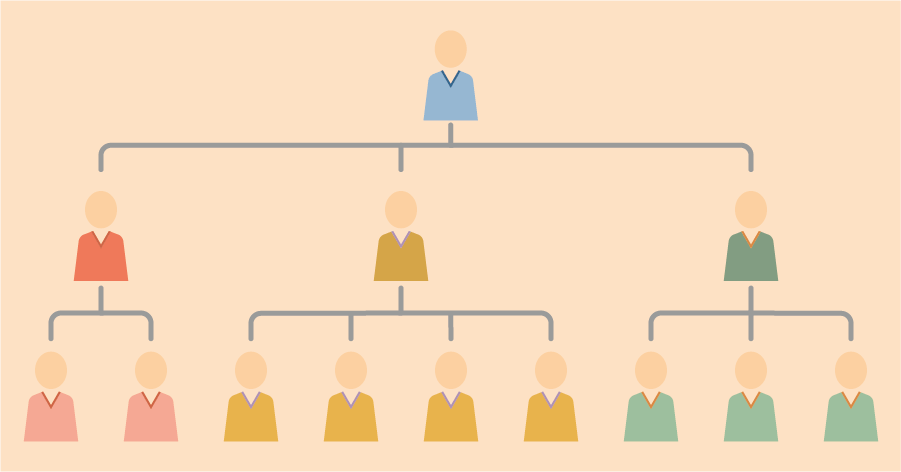Challenges that an organizational structure entails
The structure of an organization has a major influence on planning and how you can shape the process of planning. In this blog, we will discuss several organizational structures according to Henry Mintzberg’s theory.
Mintzberg describes in his book “’The Structuring of Organizations’” that organizational structures can consist of several basic parts. He distinguishes:
- Top management
- Middle management
- Technical staff
- Support staff
- Operational core
An illustration showing the basic parts of an organizational structure.
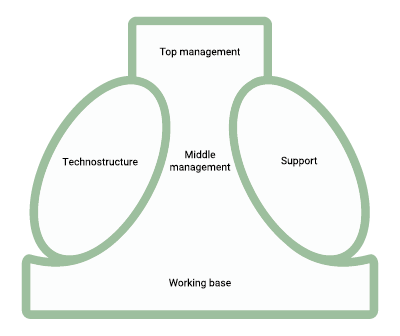
The technical staff provides services that are closely related to the activities of the operational core. Examples of technical staff are a project office, quality control or training department.
The support staff provides services that do not directly affect the operational process. Think, for example, of HR matters, facility matters and the financial administration of your company.
Mintzberg distinguishes 7 organizational structures. We write blogs for project-based service providers, so we limit ourselves to the three most common organizational structures in these types of companies. These are:
- The simple organization
- The professional organization
- The innovative organization
We first discuss the basic parts of the simple, professional and innovative organization. Then we look at the typical characteristics of these types of companies. We then look at which form of planning fits best and which challenges this entails.
The simple organization
Organizations with a simple structure are typically small companies. There are no staff departments and there is no middle management. In fact, all companies start out as simple organizations. Because the company is flat, it is well able to quickly seize opportunities and respond to risks. Flexibility is the success factor of the simple organization.
An illustration of the basic components of a simple organization according to Henry Mintzberg
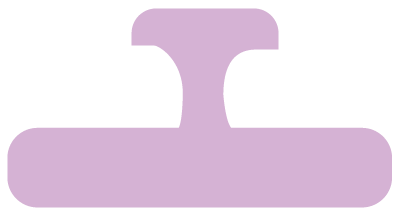
Top management is often the entrepreneur himself. He or she determines the strategy and is involved in everything that goes on in the organization. There is also little to no hierarchy. Employees are directly controlled by the entrepreneur. The entrepreneur cooperates and has strong control over the employees.
A simple organization has little specialization and is also informal and flexible. It is not necessary for all employees to be highly trained. Central planning fits best in this simple structure because top management controls the employees directly. A simple organization does not need a structured process and system for project and resource planning.
The limitation of the simple organization lies in the span of control. As soon as the company grows, the top management, the entrepreneur, can no longer oversee everything. As a result, the organization has to switch to a different structure. At that point, a process and system for planning projects and employees become a necessity.
The professional organization
Professional organizations are larger companies with highly trained personnel. These professionals form the operational core of the organization and that is where both the knowledge and the power lie. They have a great deal of freedom to organize the work themselves. These types of companies include engineering firms, accountancy firms and consultancy firms.
The professional organization is highly decentralized. This makes these types of companies suitable for environments that are complex and dynamic. The organization relies on professionals who can respond quickly to developments in the environment.
An illustration of the basic components of a professional organization according to Henry Mintzberg.
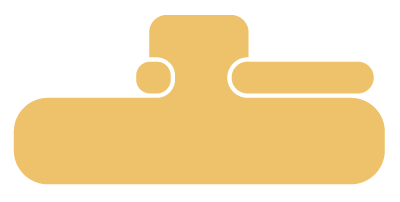
The professional organization has a small top management and middle management. These layers have little influence and control over the work of the professional. The quantity and quality of the work of the employees can therefore vary widely. This is because the work processes are difficult to standardize.
As the company continues to grow, the operating core will be split. Consider, for example, the division of geographical areas (offices) or market areas (business unit per industry). The technical staff is small and mainly supports the professionals by, for example, writing out legislation and regulations in procedures.
Coordinating a professional organization takes place by standardizing skills (specialization). This ensures that the quality and effectiveness of the professionals are in order. You also see that many professionals are members of a professional association that often involves compulsory education.
In contrast to the simple structure, planning takes place in a decentralized manner. The professionals do this themselves. They have contact with the customers and make agreements about the execution of the projects according to their own insight. Large projects with dozens of professionals are rare. As a result, there is little need for central coordination and planning. The planning focuses on the deployment of individuals.
The challenge: resistance
The challenge of the professional organizations is the optimal deployment of the professionals. Due to the decentralized structure of the organization, it can easily happen that unit A is looking for a specific professional who is available in unit B. There is just no central planning process and system. As a result, unit A decides not to accept an assignment or to hire an external partner. In short, this leads to the loss of turnover or lowers the margin on projects.
It is important that there is a central insight into the availability of professionals across business units. This makes it possible to allocate employees to each other efficiently. To gain this central insight, there is a role for the technical staff, such as a “Resource Planning” department. They can set up a process and system so that the business units can plan efficiently and exchange employees.
A central planning process and a decentralized setup of your company do create tension. The central department should therefore only play a facilitating role and not control. If they do take the lead, this might result in resistance from the business units. This increases the risk that they will reject the process and planning system.
The innovative organization
The innovative organization is an organizational form that is characterized by an organic structure. It is a typical Agile organizational form. The organization is very flexible and can therefore respond directly to developments in the environment.
The innovative organization is characterized by the fact that there are many temporary teams. They focus on executing a specific project. Think, for example, of ICT companies with Scrum teams or film crews at media companies. The teams can consist of a mix of employees from the operational core, the support staff and middle management.
An illustration of the innovative organization according to Henry Mintzberg
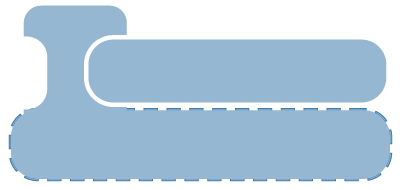
Within the innovative organization, the support staff is the most important organizational component, because it contains specialist knowledge that is indispensable within the team. The innovative organization can be regarded as a project matrix organization. Employees from the support staff are placed in temporary teams. such as cameramen, audio engineers and post-production editors for a film project.
The technical staff is lacking in the innovative organization because the work processes cannot be standardized. There is little hierarchy, rules and procedures. Coordination in an innovative organization is done by the team members themselves because they coordinate their work with each other. It is difficult for top management to exert influence and control, which means that the quantity and quality of work can vary widely.
An innovative organization works task-oriented and the teams are composed of employees who each have their own specialism, but there is no clear definition of the tasks. The teams work autonomously, which makes the organization very flexible.
The challenge: multitasking
The challenge of innovative organizations is to allow employees to work in one team at the same time as much as possible and to prevent multitasking. With multitasking, employees work in multiple teams and therefore on multiple projects at the same time. As a result, delays in one team can affect the allocation of employees in other teams. This encourages the ‘tug-of-war for employees‘.
It is not always possible to have employees work full-time in one team, for example, because the organization is too small. Or because employees have to carry out all kinds of small assignments in addition to large projects. In this situation, there is often the need for a central resource planning process.
In smaller innovative organizations, the team leaders (project managers) can still easily coordinate the effort with the managers of the supporting departments. If the organization grows and there are many teams, this is no longer possible. The managers of the support services are then constantly approached by project managers for additional and modified allocation of employees.
At that time, a technical staff is needed who will organize the planning process. They can set up a process and system with which the project managers gain insight into the availability of employees. Employees can be requested using a workflow.
Conclusion
The simple organization is an entry-level model. Every start-up starts with a simple structure. Top management takes care of the planning and controls the employees directly. There is no need for a planning process and system yet.
At a given moment, a project-based service provider will outgrow the simple structure. The company will move to the professional or innovative structure. Which structure it will be is highly dependent on the industry. The big difference between the professional and the innovative organization lies in effort versus performance obligation.
The professional organization focuses mainly on the effort of professionals and less on executing entire projects with responsibility for the result. The professional organization will pay more attention to the proper organization of resource planning. Being able to supply professionals with the right knowledge is paramount.
Innovative organizations focus more on performance in the form of delivering end results for the customer. The innovative organization is pre-eminently a more pure project organization. The teams are responsible for the entire project from A to Z. In addition, the project results often have to be delivered on time and at a fixed price. The focus is therefore on project planning, but this planning is decentralized to the teams. When employees cannot work full-time in one team, the need for central resource planning increases.
As the organization grows, power shifts to the operational core. This automatically makes them responsible for the planning. Yet we see that central insight into the availability of employees always offers added value. It is therefore important that this is organized in a facilitating manner to prevent resistance from professionals and project teams.

